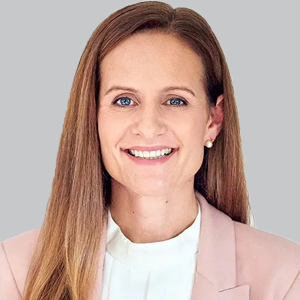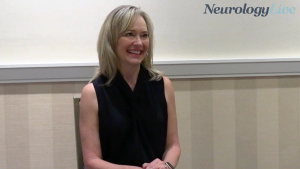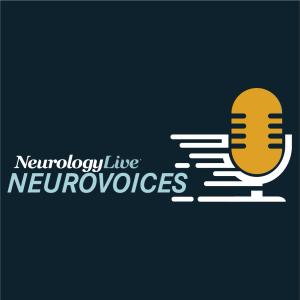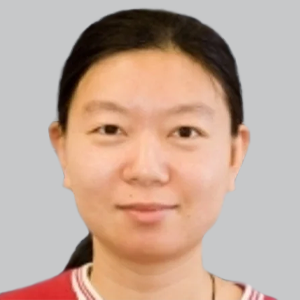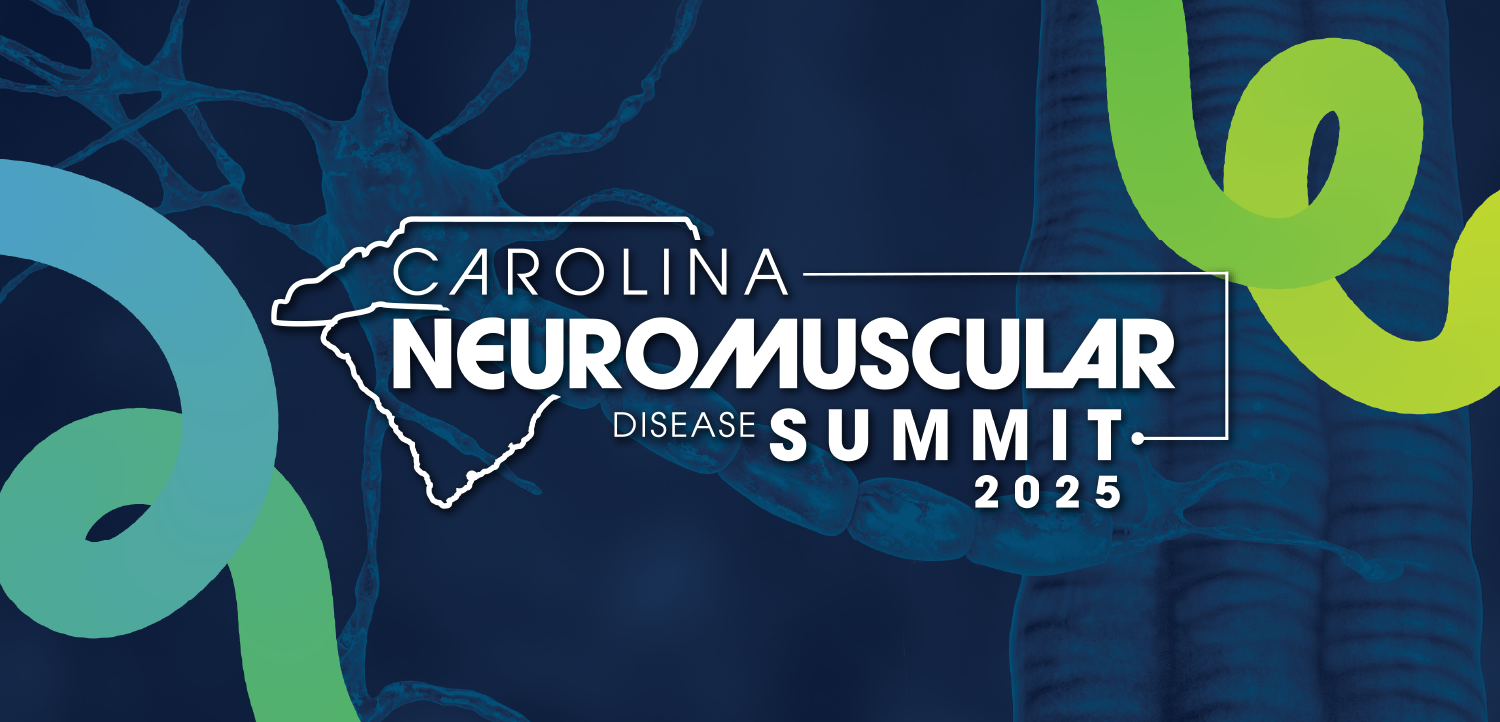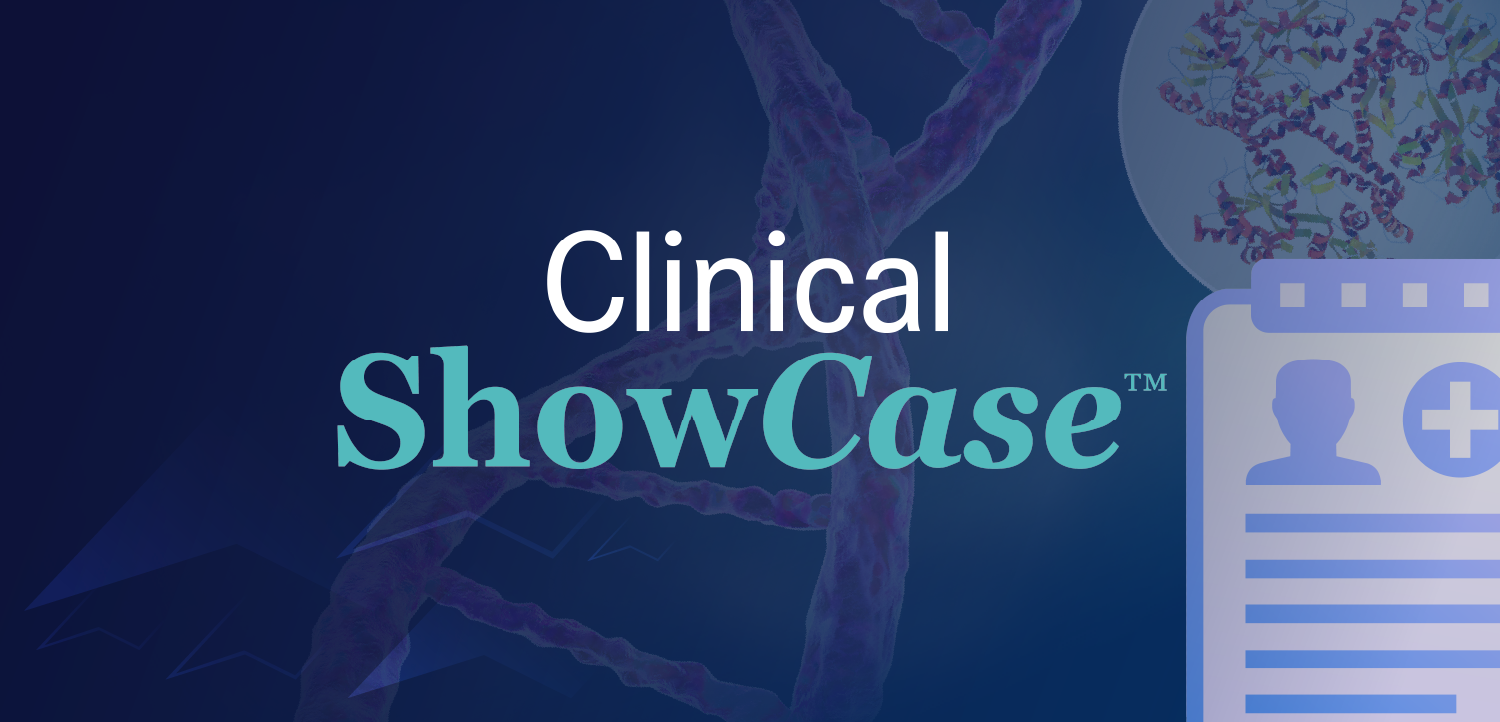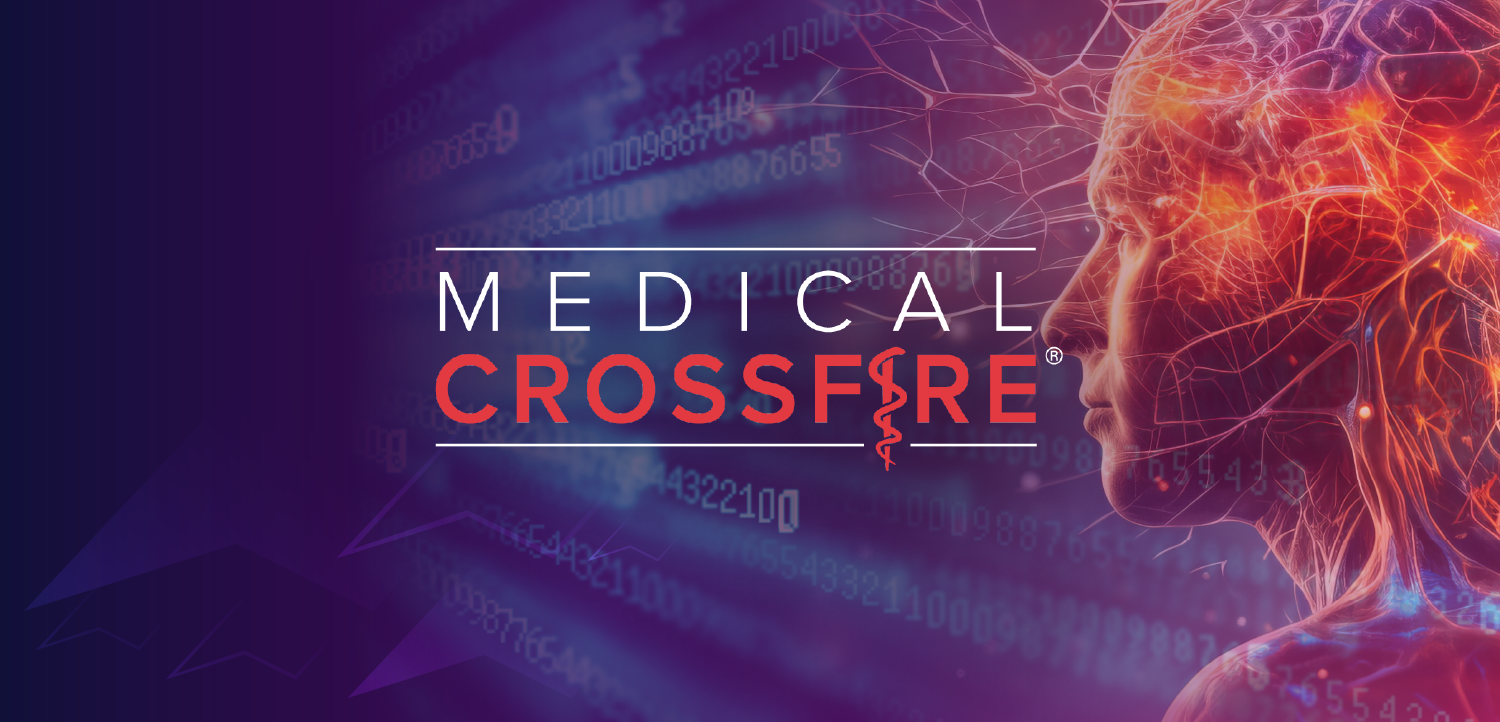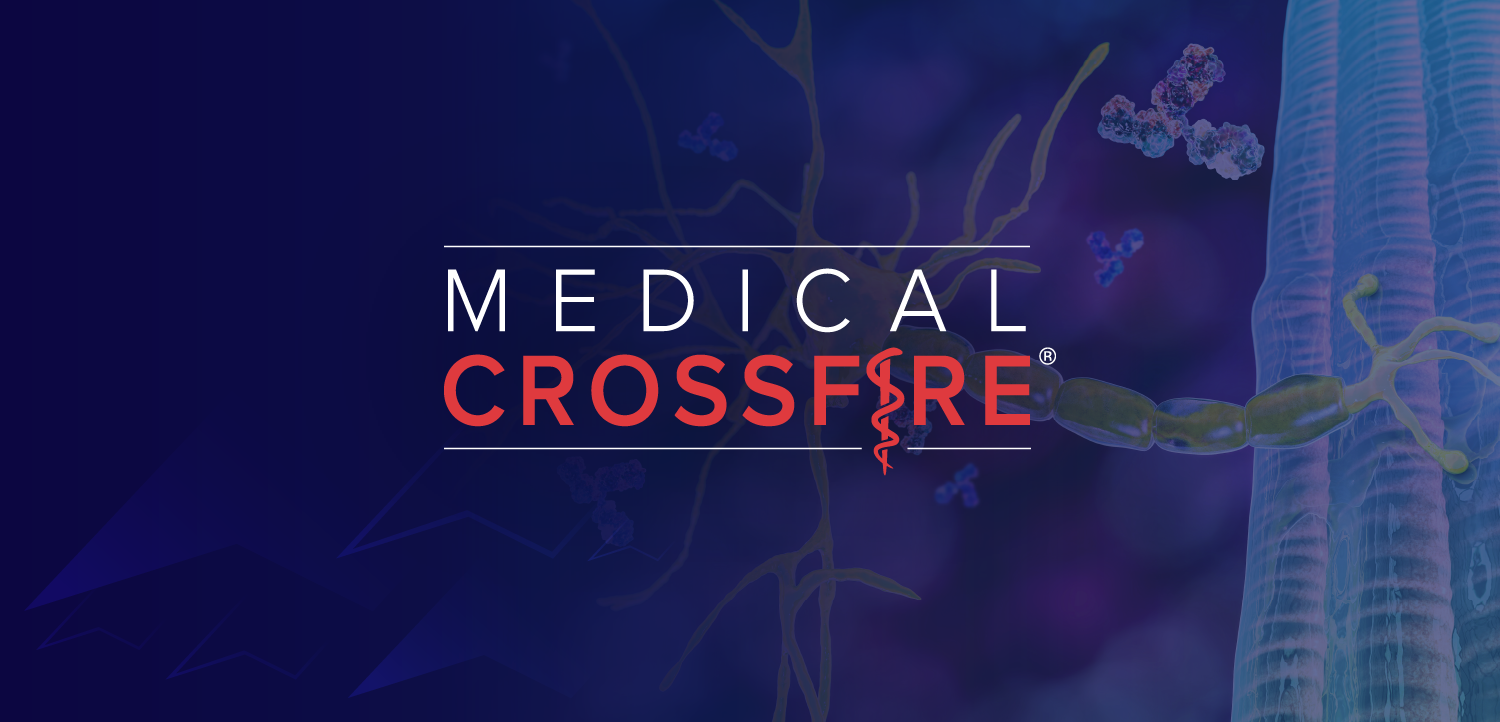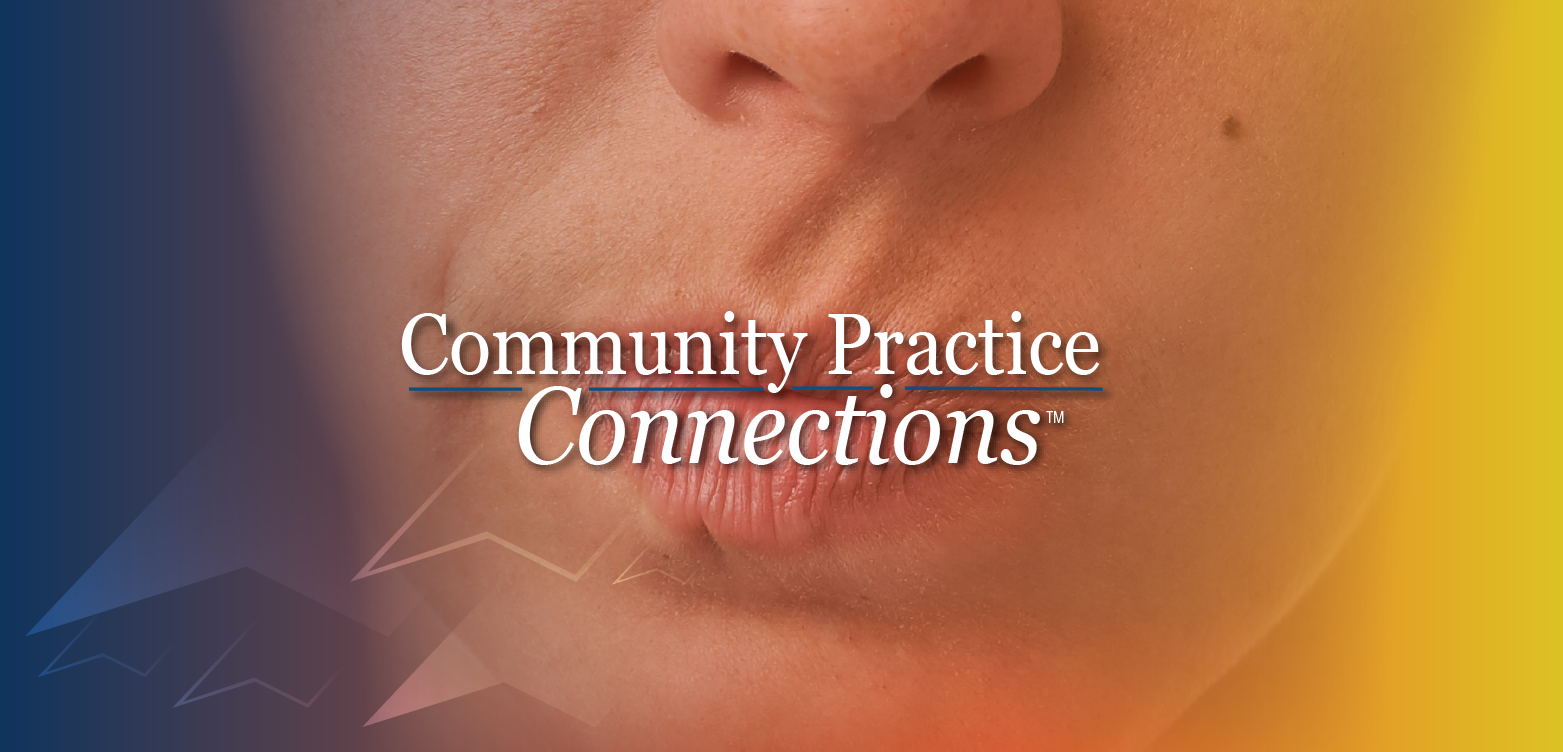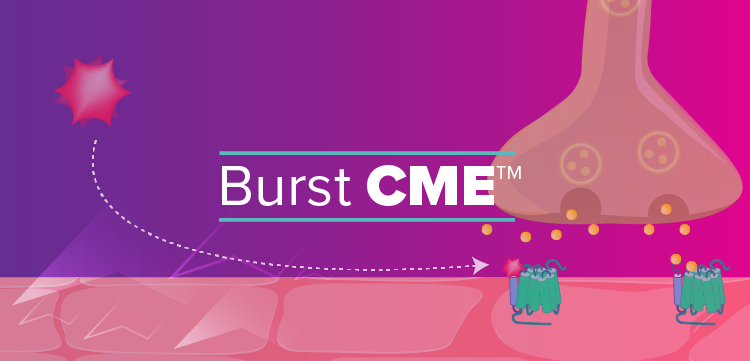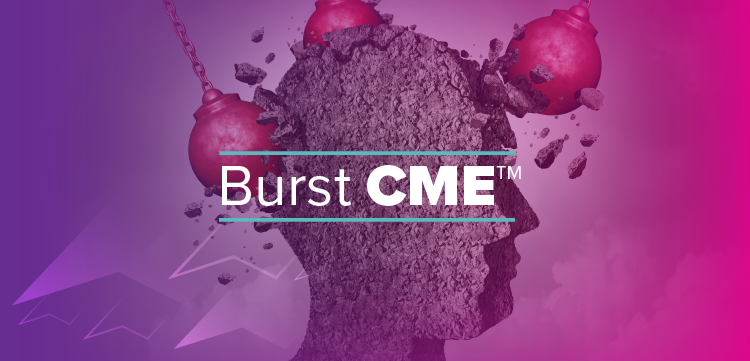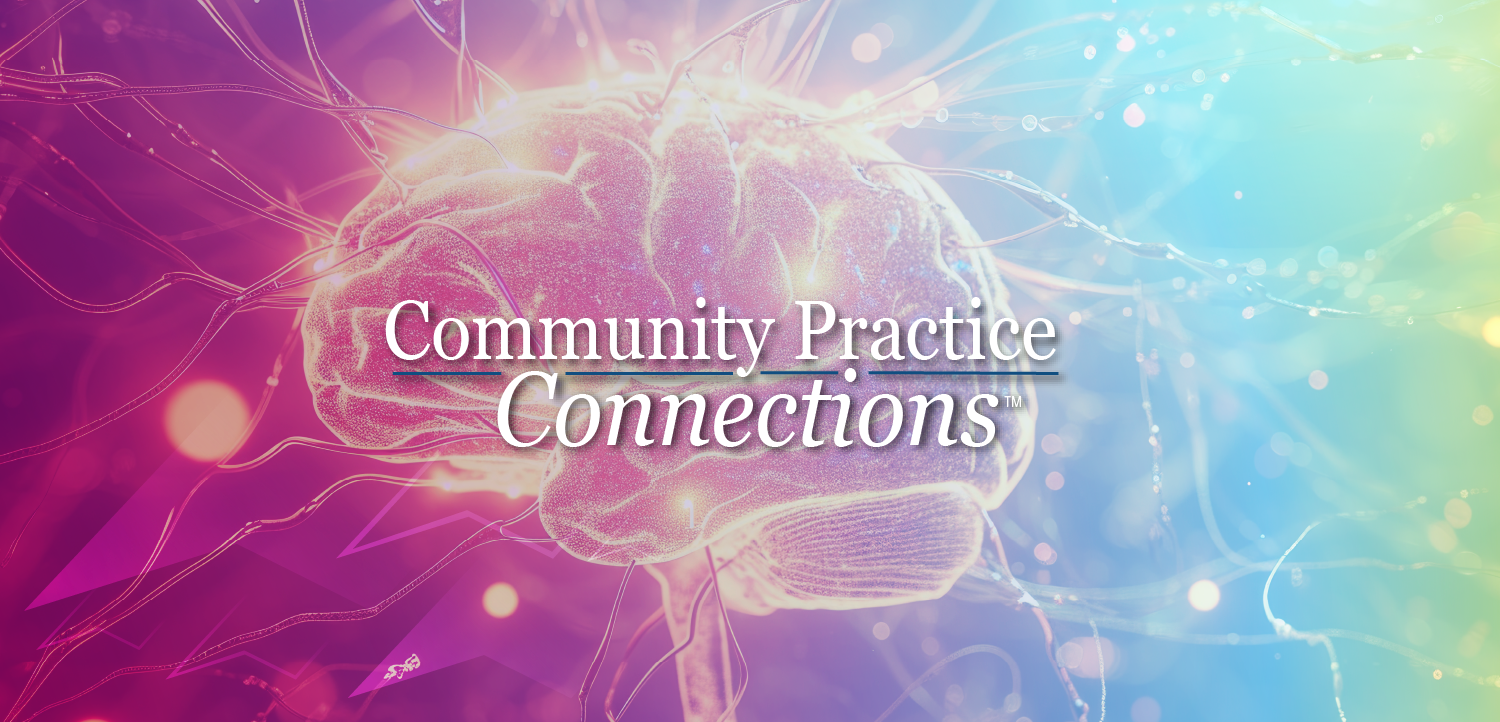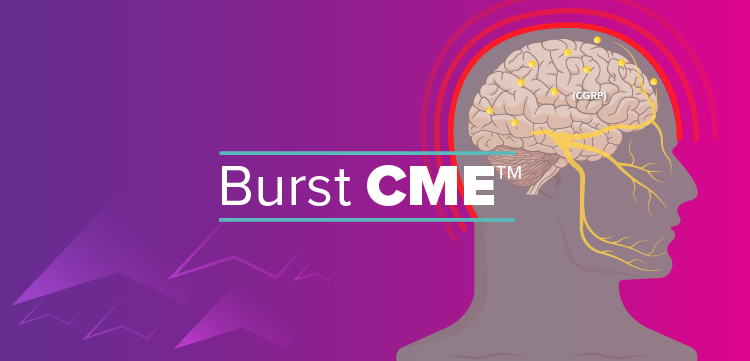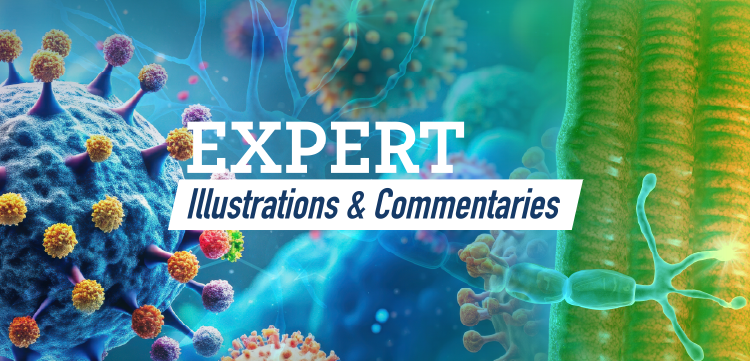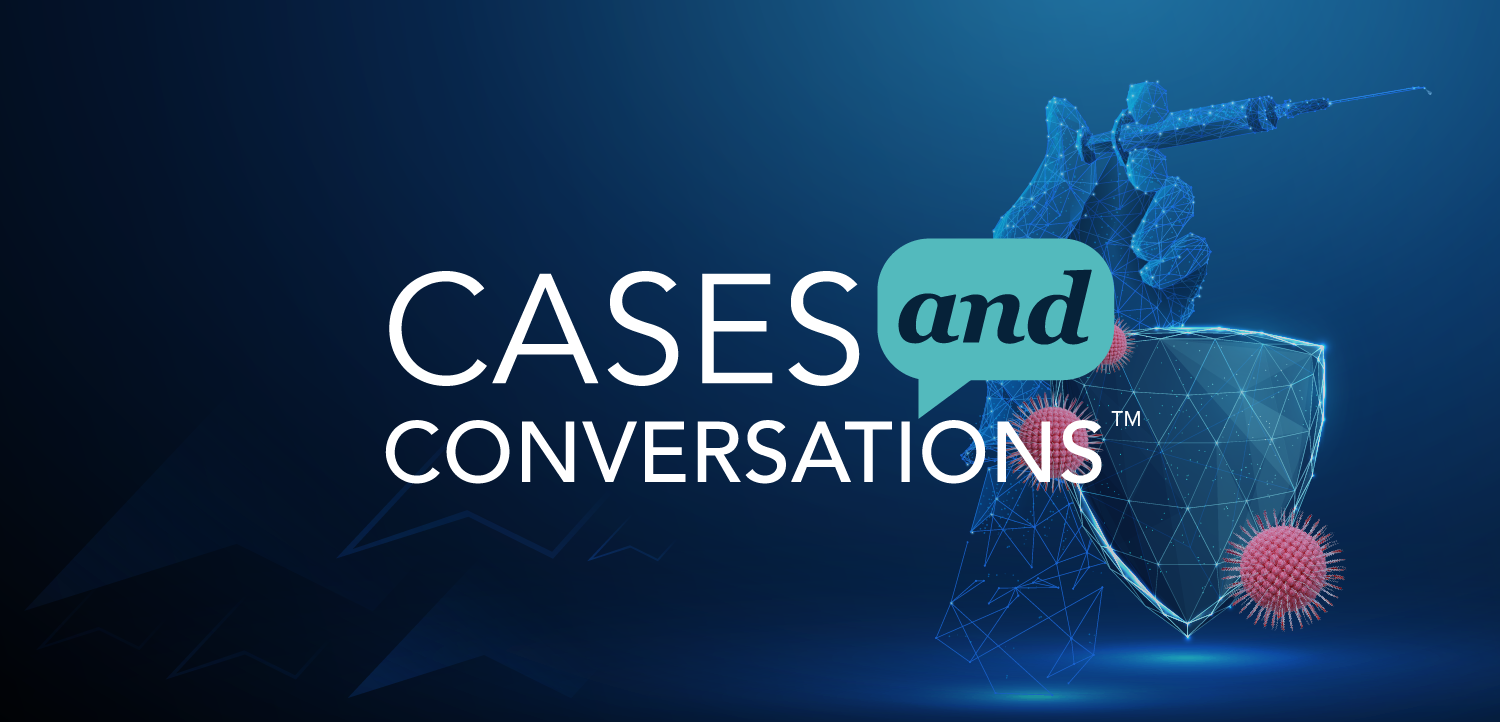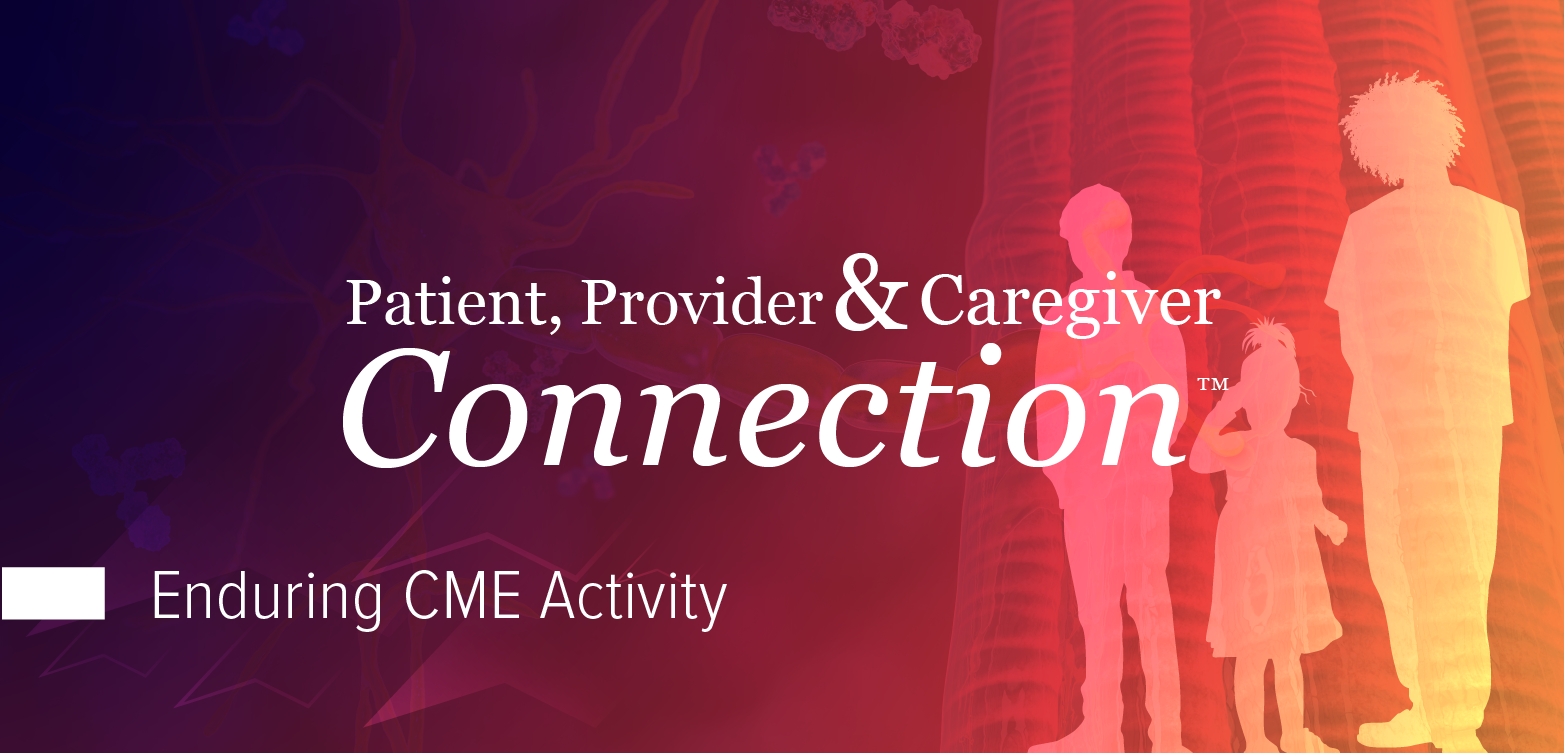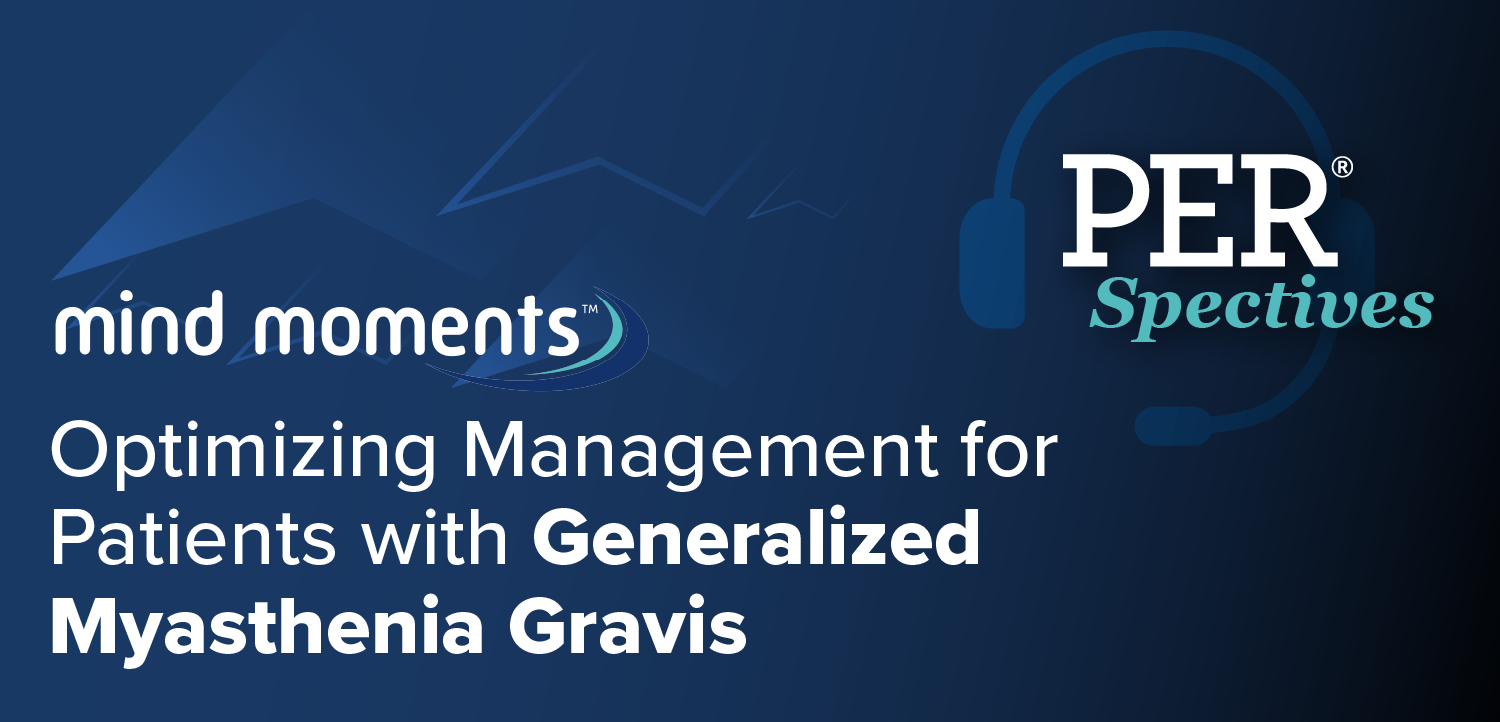|Videos|June 8, 2019
Early Identification and Management of Multiple Sclerosis in Pediatric Patients
Advertisement
Newsletter
Keep your finger on the pulse of neurology—subscribe to NeurologyLive for expert interviews, new data, and breakthrough treatment updates.
Advertisement
Related Articles
 Perispinal Etanercept Shows No Efficacy in Treating Chronic Stroke
Perispinal Etanercept Shows No Efficacy in Treating Chronic StrokeSeptember 16th 2025
Latest CME
Advertisement
Advertisement
Trending on NeurologyLive - Clinical Neurology News and Neurology Expert Insights
1
Stem Cells of Secondary Progressive Multiple Sclerosis Drive Increased Proinflammatory T-Cell Activity
2
Postmortem Analysis Reveals Distinct Patterns of Aquaporin-4 in Parkinson Disease and Multiple System Atrophy
3
EMA Approves Semaglutide as First GLP-1 RA for Cardiovascular, Stroke-Related Benefits
4
Perispinal Etanercept Shows No Efficacy in Treating Chronic Stroke
5

